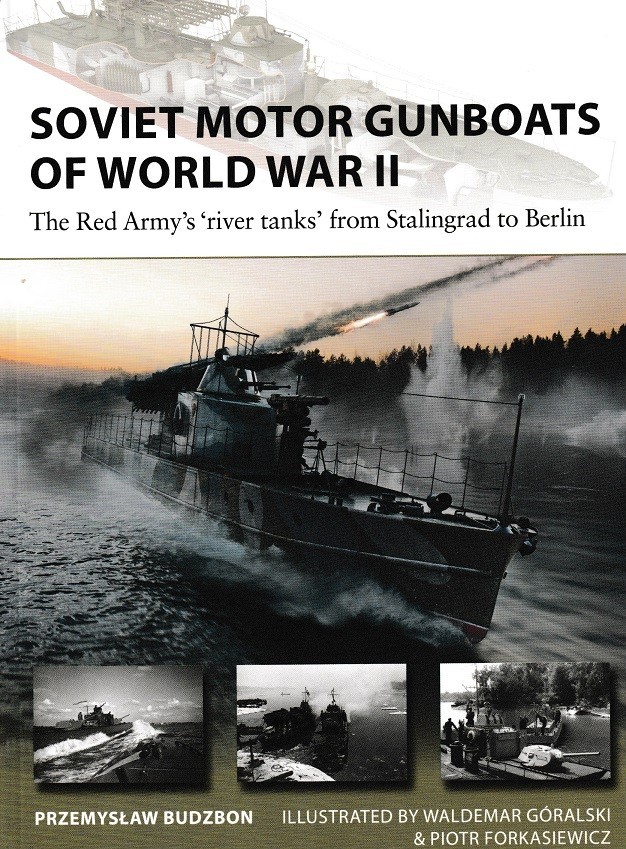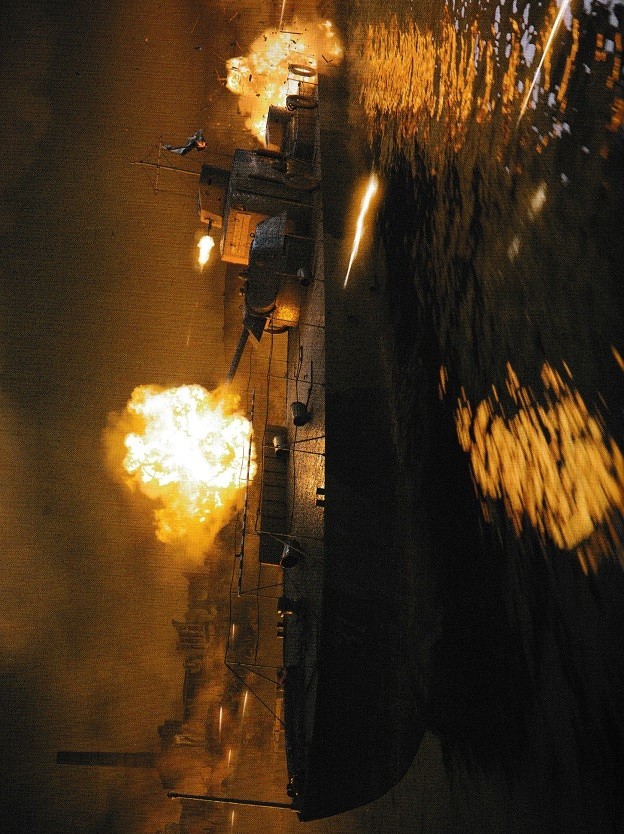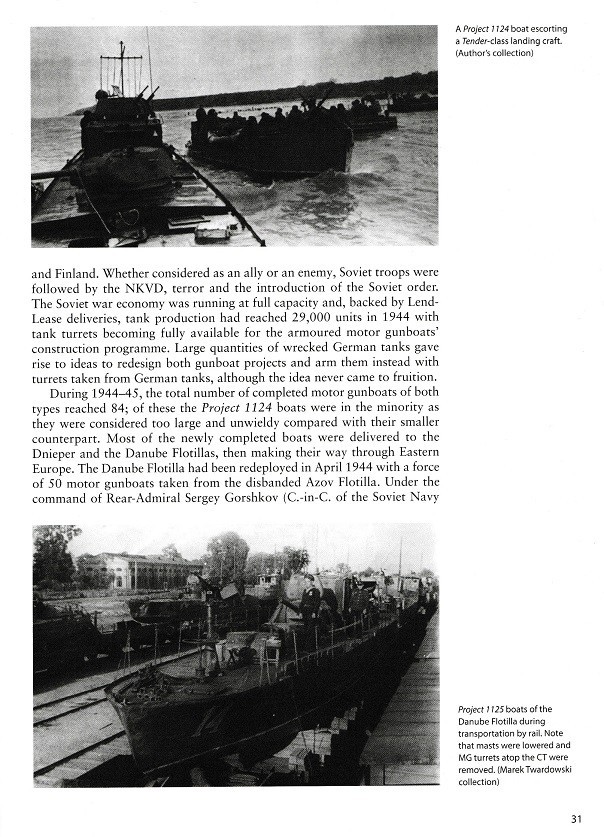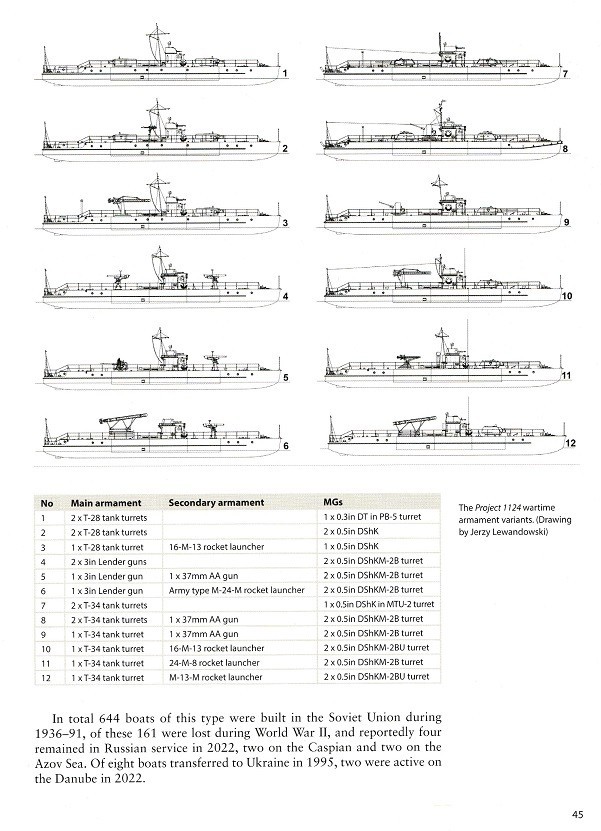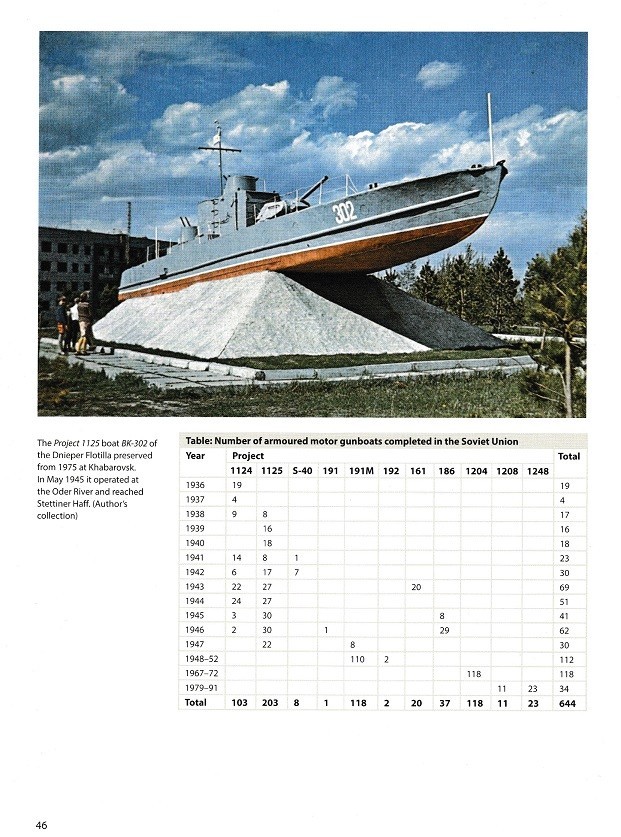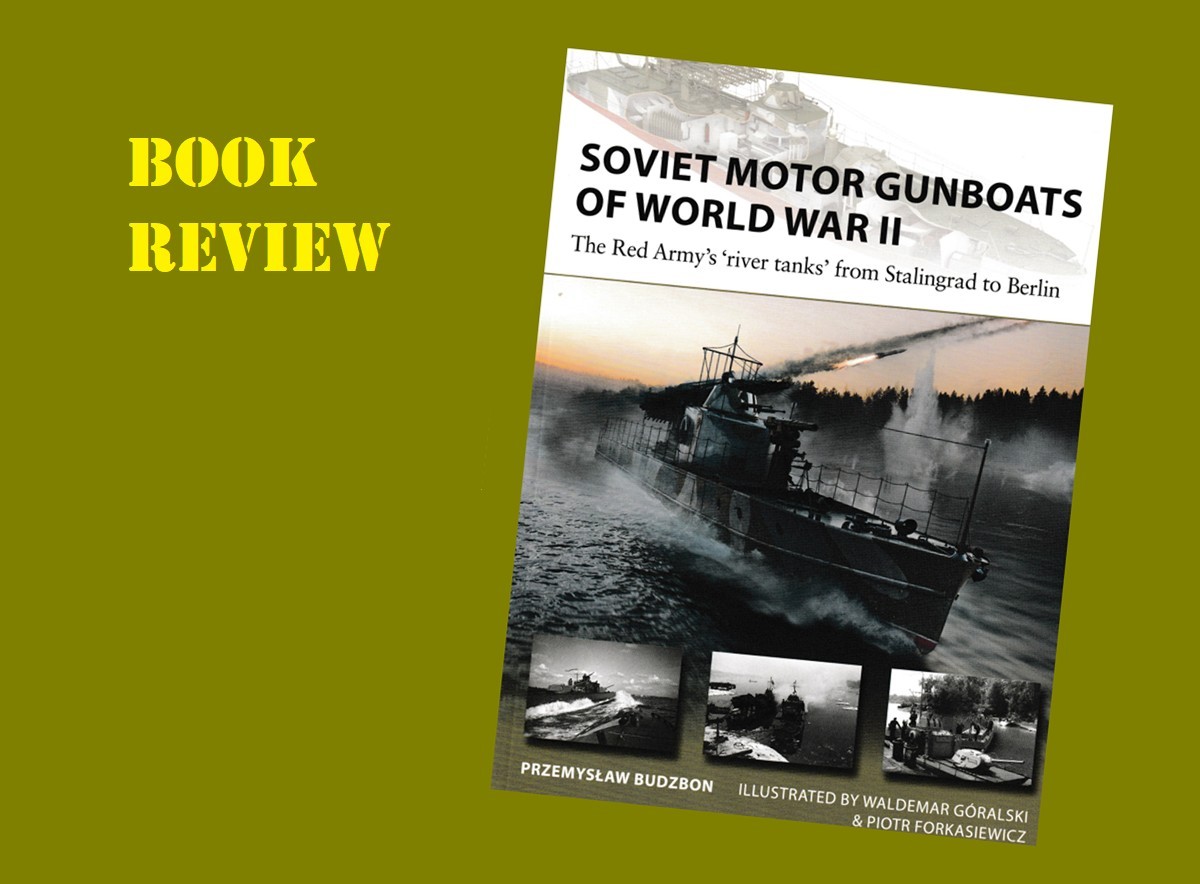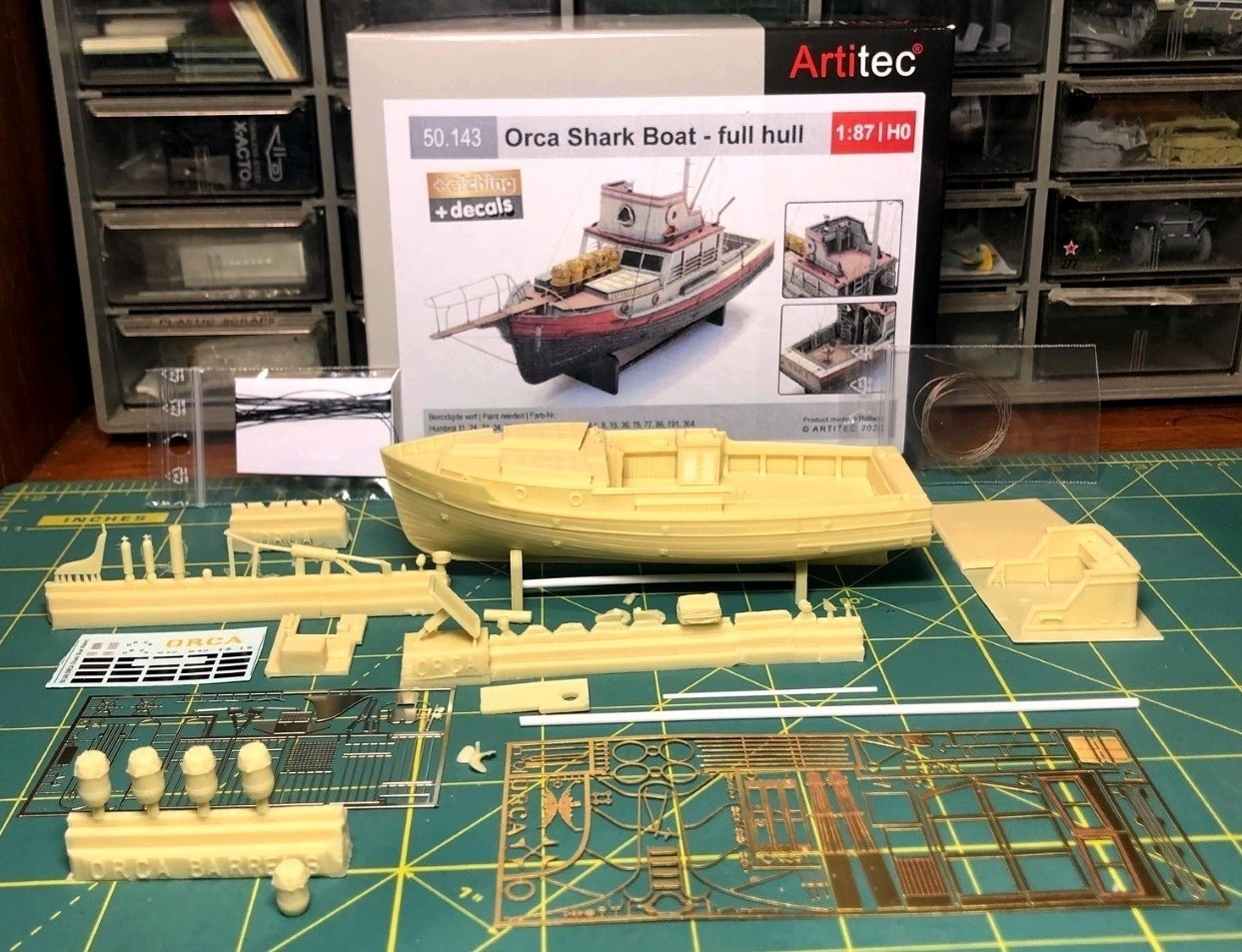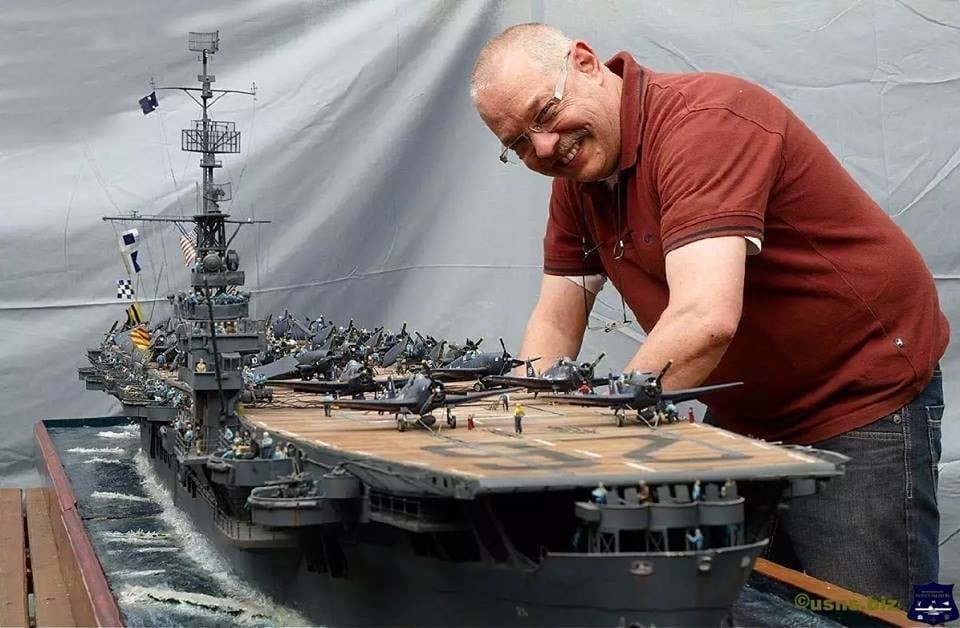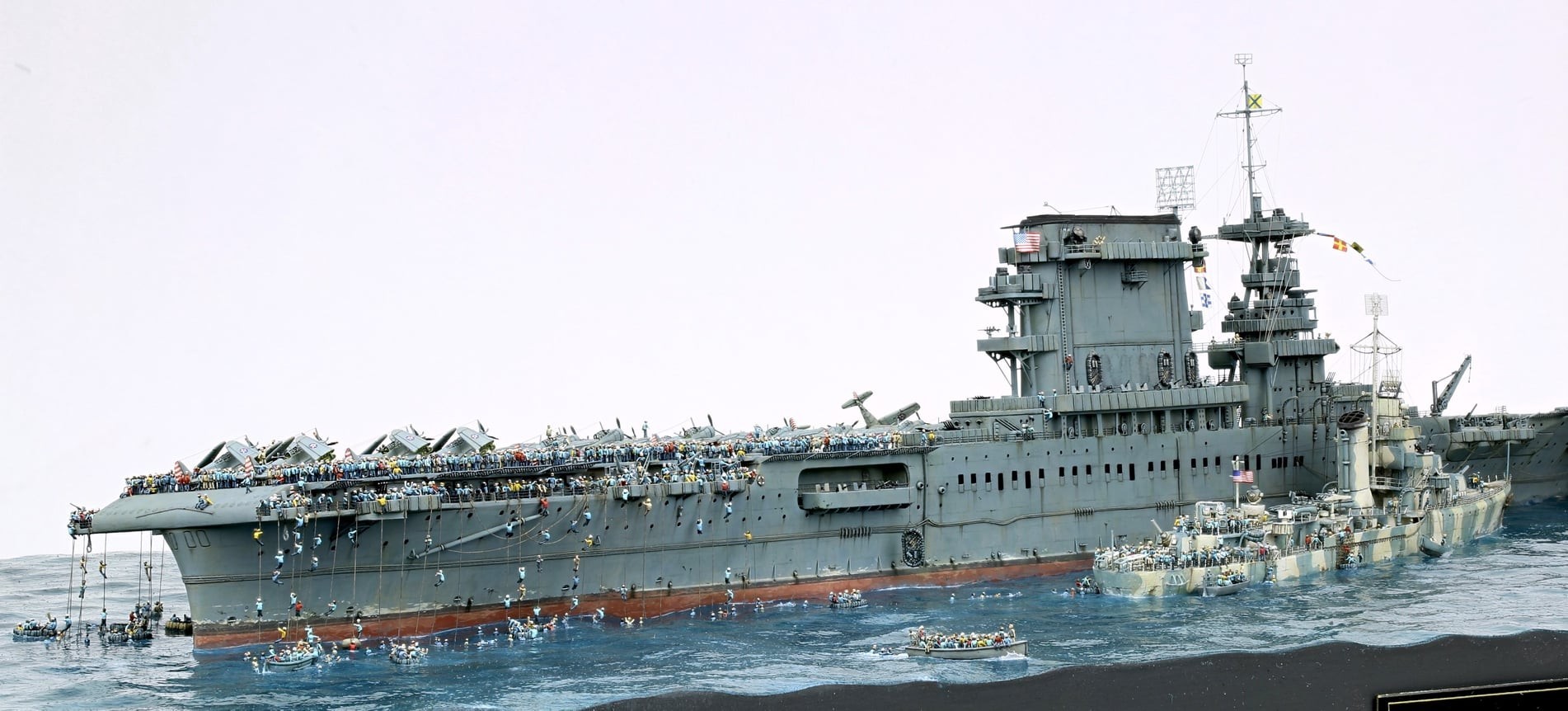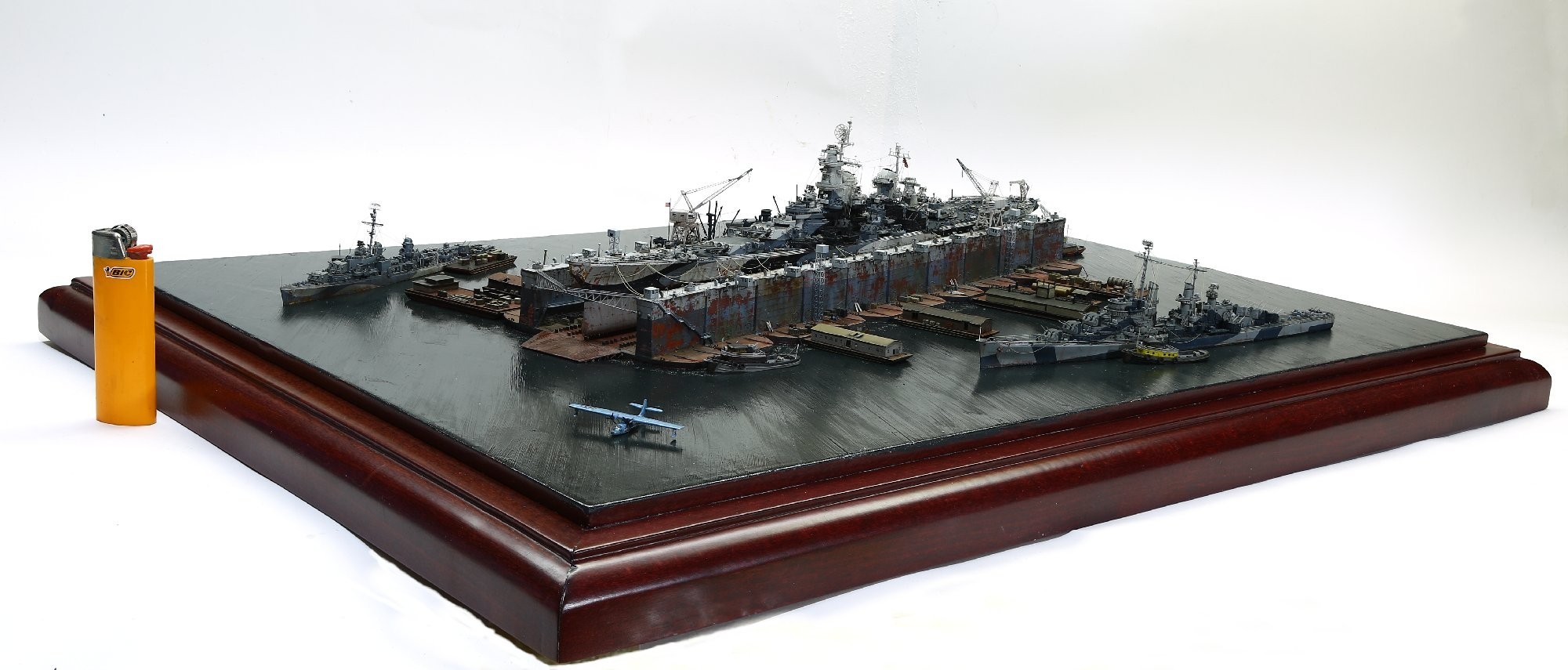HISTORY:
** Russia's enormous river system has long been its highway and, as early as 1908, the Tsar's forces were developing gunboats that brought tank-like mobility, firepower and survivability to Russian battlefields.
This book, the first history of these vessels in English, explains how this concept led to one of the most remarkable naval weapons of World War II, the Soviet 'river tank', or Armoured Motor Gun Boat (AMGB). Highly mobile, capable of carrying up to 20 infantrymen directly into action and providing immediate firepower from tank turrets, machine guns or Katyusha rockets, the AMGBs’ military value was widely recognized. These boats were versatile enough to be used in naval landing operations off the Gulf of Finland, the Azov Sea and the Black Sea, and their capabilities were prized by local commanders.
Using meticulous new colour profiles, rare photos and spectacular artwork, this title uncovers the history of river warfare on the Eastern Front, and the boats that played such a key part in the fighting.**
** Quoted from the back cover of the book.
THE BOOK:
Osprey Publications has released Soviet Motor Gunboats of World War II, The Red Army's 'river tanks' from Stalingrad to Berlin as Number 324 in their New Vanguard series. It is a 48-page soft cover book, 7 x 10 inches in size. Included with the text are black and white and color photographs, color illustrations, detailed captions, informational charts and more. It has a 2023 copyright, a publication date of November 21, 2023, and the ISBN is 978-1-4728- 5721-7.
THE CONTENTS:
Introduction
- The river gunboat in Imperial Russia
Development
- Planning
- Project 1124
- Organization
- Project 1125
River Tanks at War
- Shoulder to shoulder with Nazi Germany, 1939–41
- The German invasion of 1941
- The German advance, 1942
- Turning point, 1943
- The Soviet takeover of Eastern Europe, 1944–45
- The Amur Flotilla, 1945
Aftermath
- River gunboats in The Cold War
- Projects of the 190 series
- Project 1204
- End of an era
Conclusion
Further reading
Index
THE TEXT:
Author Przemyslaw Budzbon provides a well written and informative text detailing the history of the use of motorized gunboats by the Russian military before, during and after World War II. The text goes into great detail in all areas of the book as outlined on the contents page, please refer to the contents listing that I have provided for the areas that are covered throughout the book. The text details all aspects of the gunboats from their design and development to the shortcomings found and improvements made. The weapons systems are discussed from the successes and drawbacks of the various types such as creating added weight to the gunboats. The layout of the boats is detailed as well as the engine sizes and types used by the various types of gunboats. The text goes into such minute detailing as to detailing the removal of a gunboats toilet/latrine and replacing it with a bucket and the technical reason as to why that was done. As one can expect, if the author details minor subjects such as the boats latrine, then it can be safely assumed that the text greatly detail the major subjects such as the gunboat production numbers, gunboat dimensions, armament, power sources, wiring and communications, speed, crew sizes, firefighting and bilge pumps and systems, success rates, number of gunboats lost, areas of action during combat, etc. A feature that I appreciated being included is that where Russian terminology is used there is an English translation provided. As I read the text, I did not notice any spelling or grammatical errors. Grammar and spelling might not be to everyone; however, it is something that I take notice of and pass on my findings. The text in the book is professionally written and extremely detailed and provides the reader with a detailed history of the Soviet motor ‘river tank’ gunboats.
THE PHOTOGRAPHS:
A total of 37 black and white photographs and 1 color photograph are included in this volume. The photographs range from wide angle photographs to close-up photographs. They contain a combination of in-action photographs and photographs that appear to have been removed from motion pictures. The majority of the photographs are clear and easily viewable; however, a few have an out of focus look to them and some appear to be too dark, and others appear too light. This is typical for the discussed period of history and the quality of the photographs is no fault of the author and do not take anything away from the book. My main complaint about the photographs would be that several of them are small in size which can make viewing the details difficult without the aid of a magnifying device. Author Przemyslaw Budzbon stuck to the title of the book and chose subject specific photographs and did not include photographs that strayed from the main subject of the book. The majority, if not all, of the photographs will prove to be a wealth of information to anyone interested in Soviet motor gunboats due to the details they contain.
THE ILLUSTRATIONS:
There are 11 color illustrations included in the volume by illustrators Waldemar Góralski and Piotr Forkasiewicz. The illustrations are very well done, nicely detailed and are of:
Plate A
The Project 1124 Series I Boat
A single page illustration showing a Project 1124 Series I with an informational chart which details:
- Project 1124 Series I motor-gunboat specification
- Project 1124 Series I construction
The Project 1125 Series I
- A single page illustration showing a Project 1125 Series I with an informational chart which details:
- Project 1125 Series I motor-gunboat specification
- Project 1125 Series I construction
Plate B
BK-324 in 1945. A Project 1125 motor gunboat
- A two-page cut-a-way illustration showing a Project 1125 Series I motor gunboat with an informational key which details 19 specific items of interest on the boat.
Plate C
Project 1124 Series II Model 1943
-A single page illustration showing the Project 1124 Series II Model 1943 with an informational chart which details:
- Project 1124 Series II motor-gunboat specification
- Project 1124 Series II construction
Plate D
Project 1125 Series II Model 1940
- A single page illustration showing the Project 1125 Series II Model 1940 with an informational chart which details:
- Project 1125 Series II motor-gunboat specification
- Project 1125 Series II construction
Plate E
Bronekater No 21 on 9 October 1942 at Stalingrad
- A single page action illustration showing a Project S-40 boat with an informational chart which details:
- Project S-40 motor gunboat specification
- Project S-40 construction
Plate F
Bronekater No 31 on 7 October 1943 off Eltigen.
- A single page action illustration showing Project 1124 boat Bronekater No 31 firing its rockets.
Plate G
The Project 191M
A single page illustration showing a Project 191M with an informational chart which details:
- Project 191/191M motor-gunboat specification
- Project 191 construction
- Project 191M construction
The Project 1125 Series I
- A single page illustration showing a Project 1204 with an informational chart which details:
- Project 1204-gunboat specification
- Project 1204 construction
THE CAPTIONS:
The captions are well written and explain the accompanying photographs and illustrations in great detail describing very clearly what is shown. The captions go into very specific detail as to the specific type of gunboat shown, specific parts shown on the gunboats, the type and designation of various weapons, specific individuals names, dates, locations and other such pertinent information. As I read through the captions, I didn’t notice any spelling or grammatical errors. I was impressed by Przemyslaw Budzbon’s captions as they are very helpful to the reader due to their detailed content as opposed to other captions that I have seen that are very brief and lacking in detail.
INFORMATIONAL CHARTS AND DIAGRAMS:
There are 7 informational charts included in this volume and they provide information on the following:
- Diagram – Development of the Russian/Soviet armoured motor gun boats (14 gunboat line-drawings)
- Chart – List of river flotillas of the Soviet Navy, 1939-45
- Chart – Project 161 armoured-motor-gunboat specification, Project 161 construction
- Chart – Project 186 armoured-motor-gunboat specification, Project 186 construction
- Chart – Project 1208 small gun ship specification
- Diagram and Chart – The Project 1124 wartime armament variants. (12 gunboat line-drawings)
- Chart – Table: Number of armoured motor gunboats completed in the Soviet Union (1936-1991)
CONCLUSION:
As with the other Osprey Publishing titles I was impressed with this book. This is a very nice reference book that contains a well written informative text, many subject specific photographs and illustrations, well detailed captions and more, all detailing the use of motorized gunboats by the Russian military before, during and after World War II. As with the other Osprey Publishing titles, I would have no hesitation in recommending this book to others as it will be a welcome addition to one’s personal reference library.
Osprey Publishing also offers Soviet Motor Gunboats of World War II, The Red Army's 'river tanks' from Stalingrad to Berlin as:
eBook (PDF) ISBN: 978-1-4728- 5722-4
and
Ebook (Epub & Mobi) ISBN: 978-1-4728- 5720-0
Osprey Publishing’s, Soviet Motor Gunboats of World War II, The Red Army's 'river tanks' from Stalingrad to Berlin is also available as an electronic Kindle version through Amazon.com.
PRICE:
UK £12.99 / US $20.00 / CAN $27.00
This book was provided to me by Osprey Publishing. Please be sure to mention that you saw the book reviewed here on the KitMaker Network when you make your purchase. Thank you.
